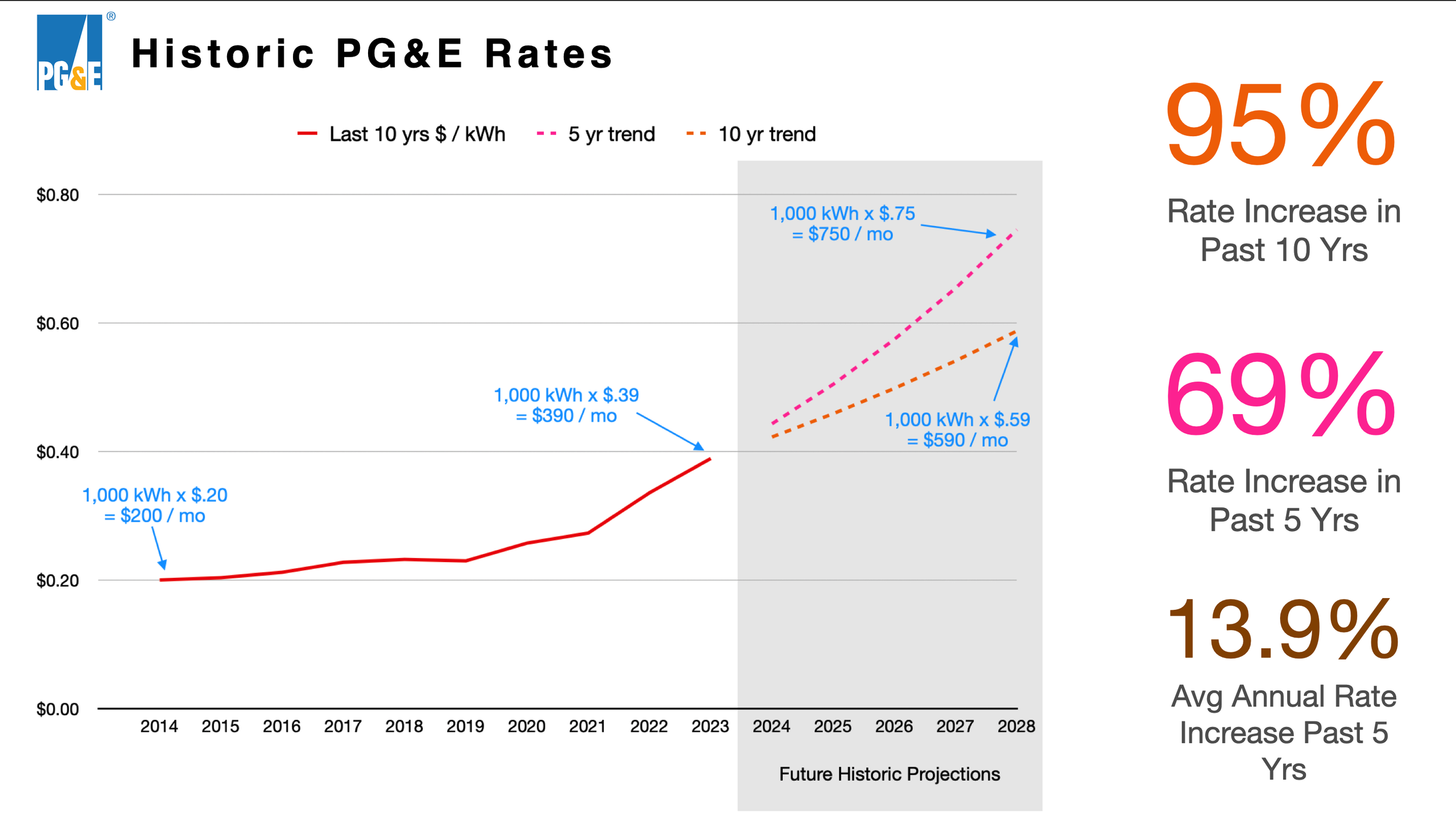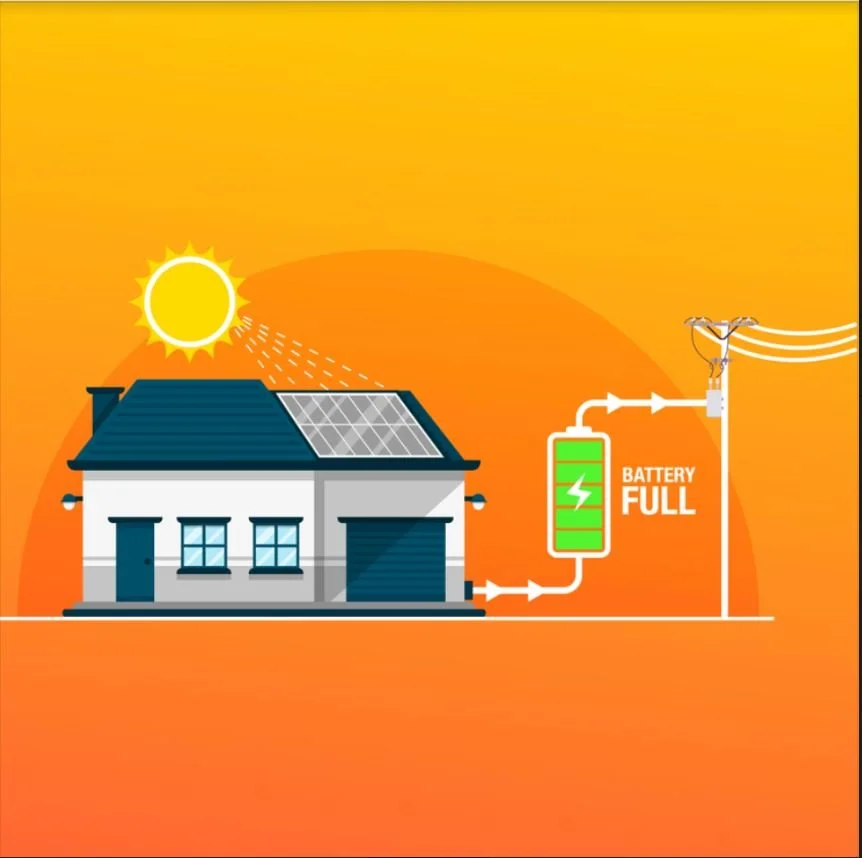Is Solar Worth It in California? The 2025 Homeowner’s Guide
Updated Oct 10, 2025: We do not advertise federal tax credits. See current SGIP battery incentives and $0-down PPA options below.
California Home saving with solar power!
“PG&E or SCE homeowner? See your solar & battery savings in about a minute—no credit pull.”
If you’re a California homeowner, chances are you’ve asked yourself: “Is solar still worth it?” With all the headlines about utility rate hikes, changes to net metering, and new programs popping up left and right, it’s a fair question. Spoiler alert: the answer is still YES—solar is worth it in California. Let’s break it down.
Why California Is Still the #1 State for Solar
California isn’t just the Sunshine State’s rival—it’s the Solar State. Here’s why:
Soaring Utility Rates: Pacific Gas & Electric (P.G.&E.), Southern California Edison (SCE), and SDG&E have all pushed through record rate increases over the past few years. And they’re not stopping anytime soon. Homeowners are paying 40–80% more for electricity than they were just a few years ago.
Year-Round Sunshine: More than 250 days of sunshine means your solar system isn’t sitting idle. Even during winter, your panels keep working.
Energy Independence: Pair solar panels with a backup home battery, and you’re no longer chained to the utility company. You control your energy, your bill, and your future.
See if solar is worth it for your home
PG&E / SCE homeowners: real numbers in ~60 seconds—no credit pull.
- NEM 3.0–aware estimate
- Owner vs. $0-down PPA
- Battery option & outages
“PG&E’s average residential bundled rate was 45.33¢/kWh as of Mar 1, 2025 (CPUC filing).” PG&E
What About Net Billing 2.0?
A lot of homeowners have heard about NEM 3.0 (Net Billing Tariff) and worried that solar savings are gone. Here’s the truth:
Under NEM 3.0, exporting power to the grid pays less than it used to.
BUT—homeowners with solar plus storage (aka a solar system with a backup battery) can store excess energy and use it when rates are highest.
That means you’re playing the utility company’s game smarter, not harder.
So yes, the rules changed. But with the right setup, you can still slash your bill and shield yourself from future rate hikes.
“California’s current policy is the Net Billing Tariff (aka NEM 3.0), adopted by CPUC in Dec 2022 and in effect for new interconnections since April 15, 2023.” California Public Utilities Commission
Quick check: do you qualify for savings?
Power Purchase Agreements (PPAs) Explained
Not every homeowner wants to buy a solar system outright—and that’s where Power Purchase Agreements (PPAs) come in.
With a PPA, a solar provider installs the system at no cost to you.
You agree to purchase the power the system produces at a rate lower than your utility’s rates.
No big upfront investment, just lower monthly bills from day one.
For homeowners who want the benefits of solar without the hassle of ownership, PPAs are an easy win.
“Use your bill—no kWh knowledge needed.”
Mini PPA Savings Calculator
Estimate your savings vs. current utility rates. For an exact proposal, upload your bill.
Note: Batteries are recommended for outage backup and peak-rate protection and may add cost. Actual pricing varies by roof, usage, credit, and utility. Upload your bill for an exact design.
The Case for Backup Home Batteries
If the last few wildfire seasons and rolling blackouts taught us anything, it’s this: California homeowners need backup power.
A home battery like the Tesla Powerwall, SolarEdge or Enphase IQ Battery stores extra energy from your solar panels.
When the grid goes down, your lights, fridge, Wi-Fi, and AC can keep running.
With time-of-use rates, batteries also let you shift usage to avoid expensive peak-hour pricing.
Think of it as your energy insurance policy—one that pays for itself in savings and peace of mind.
“SGIP handbook (2025).” California Public Utilities Commission
Solar + Battery under NEM 3.0
Store midday solar and avoid expensive evening rates.
- Charge midday
- Discharge evenings
- Outage backup
The Bottom Line: Is Solar Worth It in California?
Let’s put it plainly:
Electric rates are climbing (again).
Solar plus batteries = control and savings.
PPAs keep solar accessible for homeowners who don’t want upfront costs.
Even with policy changes, solar remains one of the smartest financial decisions for California homeowners. Whether you’re looking to save money, gain energy independence, or protect your family during blackouts, solar is still worth it—and then some.
Ready to See if Solar is Worth It for YOU?
Every home is different, but PG&E’s and S.C.E’s skyrocketing rates make solar more valuable than ever.
👉 Schedule your free solar consultation today and find out just how much you can save. (No pressure. Just numbers tailored to your home.)
FAQ: Solar in California (2025)
Is solar still worth it under NEM 3.0?
Yes—especially when paired with a home battery to shift energy away from expensive evening rates under the Net Billing Tariff (NEM 3.0).
Can I still get the 30% federal tax credit?
We don’t advertise federal tax credits in our offers. Projects placed in service on or after Jan 1, 2026 aren’t eligible for the former 30% Residential Clean Energy Credit. Ask us about SGIP battery incentives and $0-down PPAs instead.
How long does installation take?
Typical install timelines can take up to ~60 days, depending on permits, interconnection, and scheduling.
What is SGIP and do I qualify?
SGIP is a California incentive for home batteries. Eligibility and amounts vary by program tier and availability. We’ll check this during your estimate.
Do batteries help in winter?
Yes. Batteries store midday solar and cover evening peak periods, improving savings even when winter production is lower.





